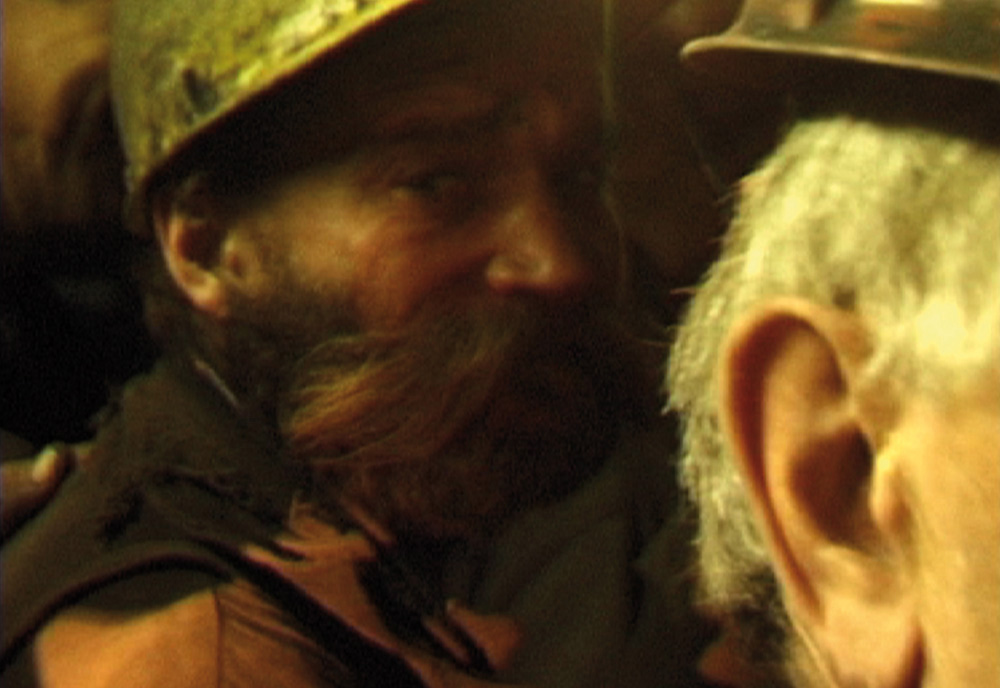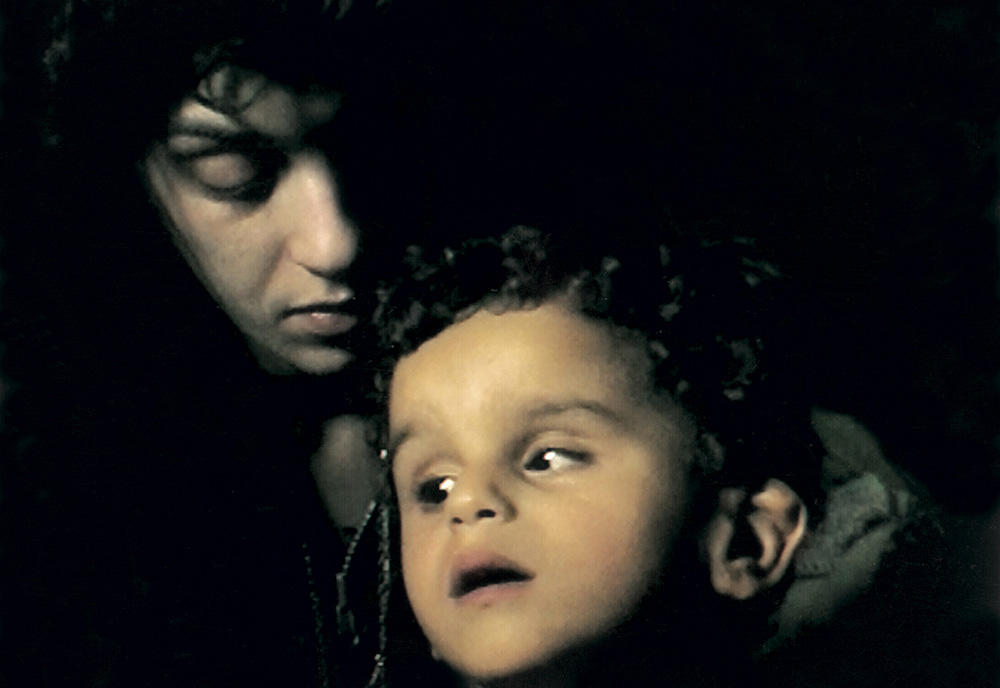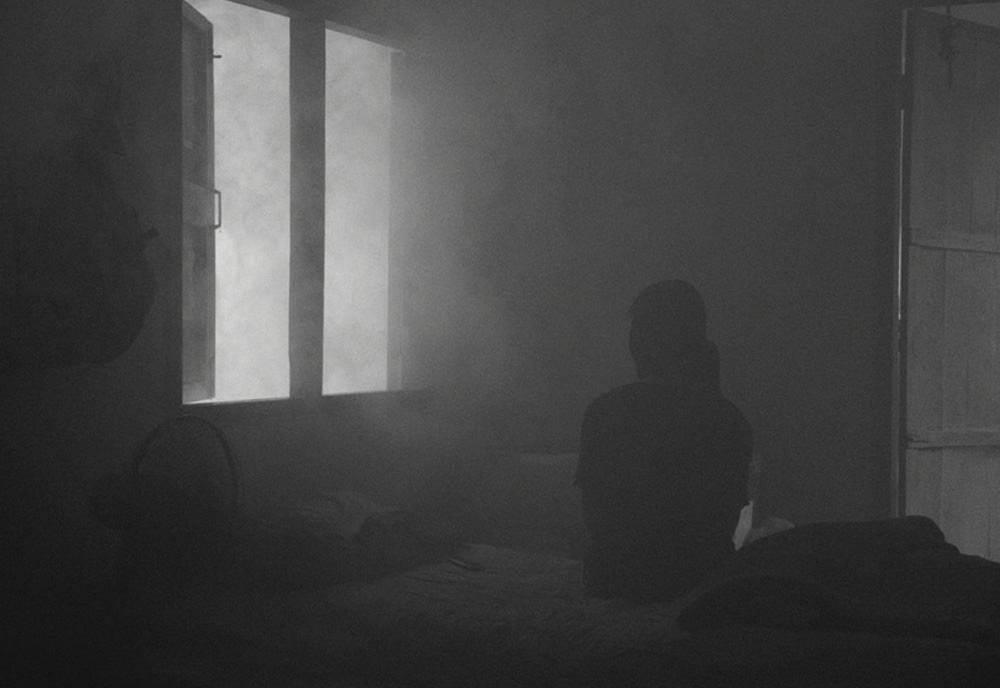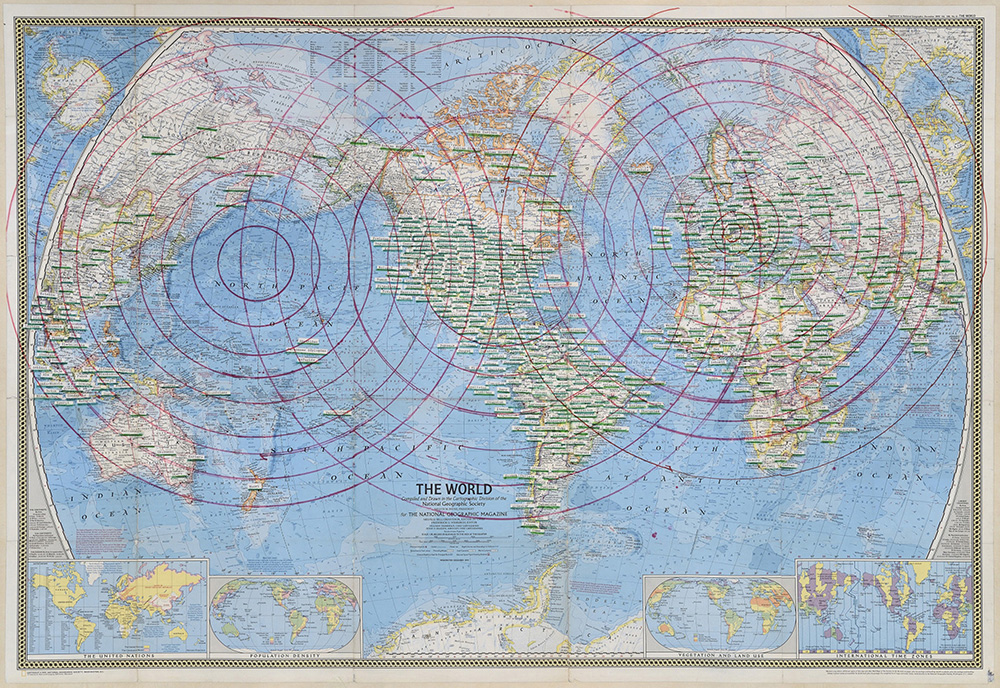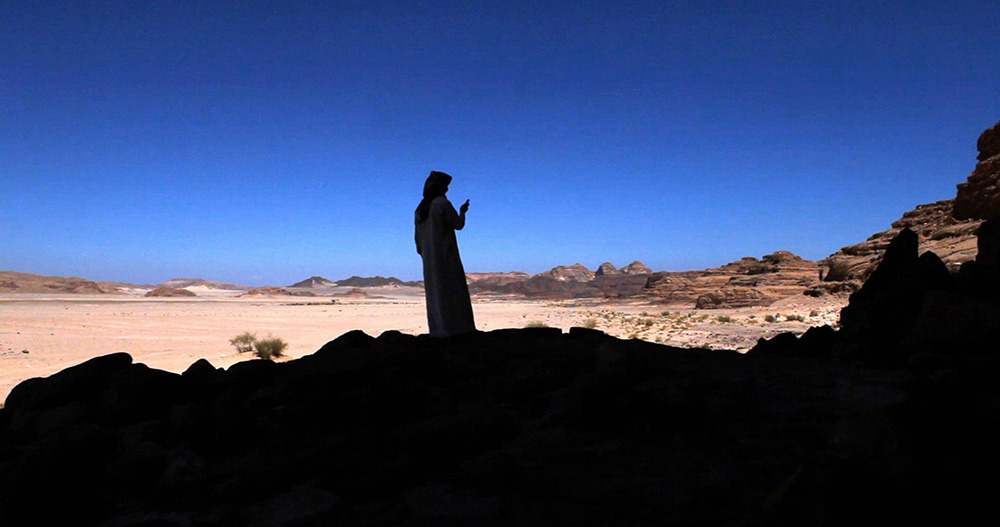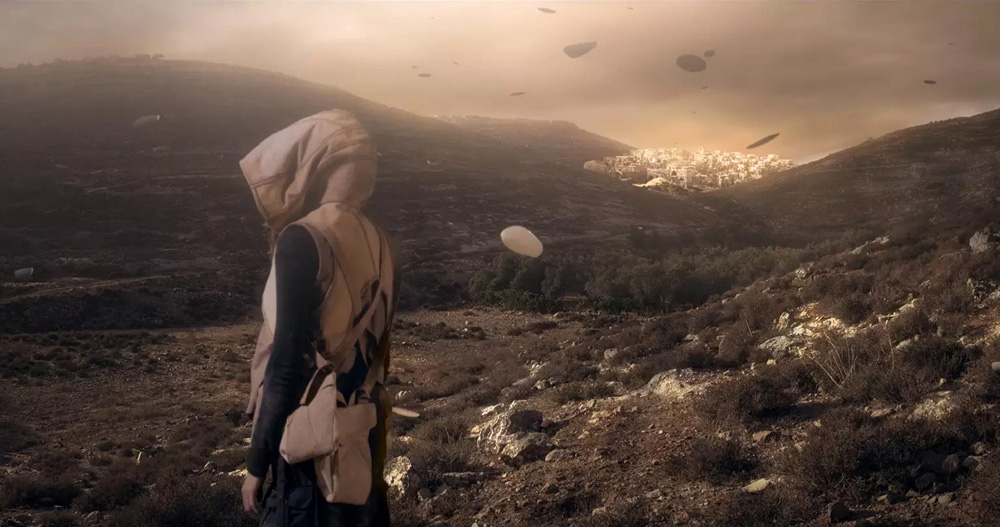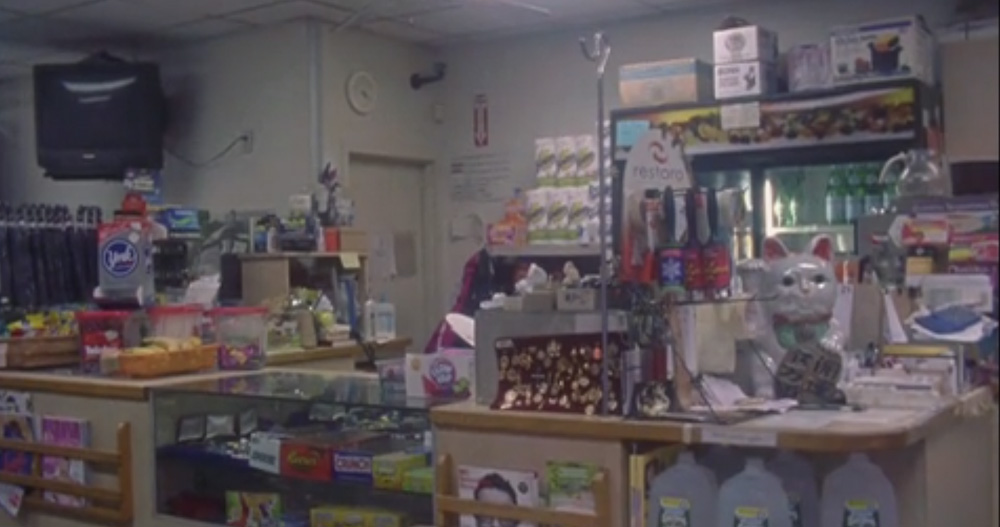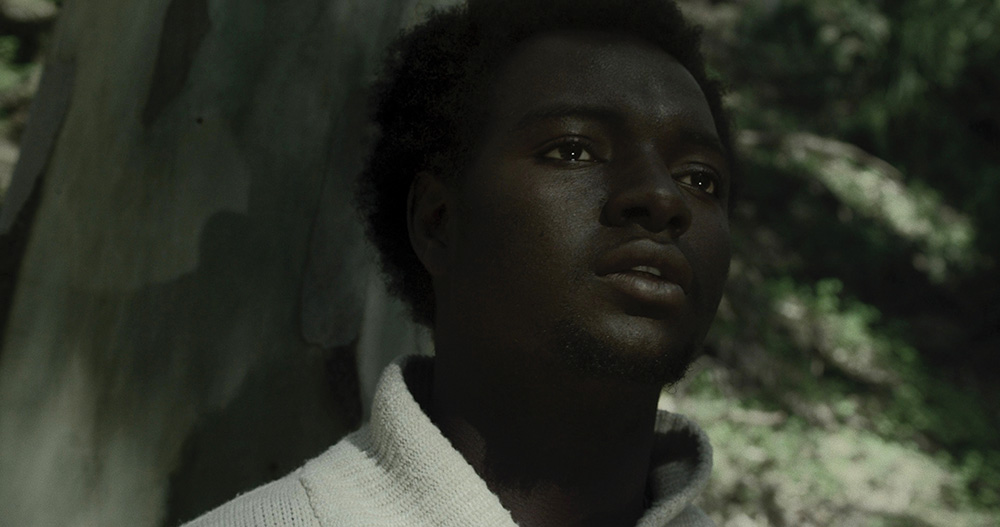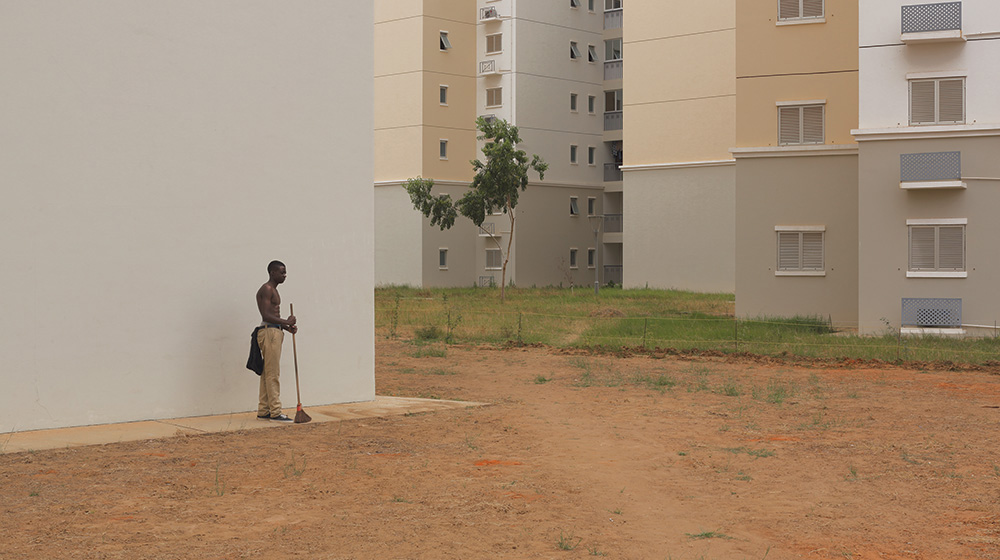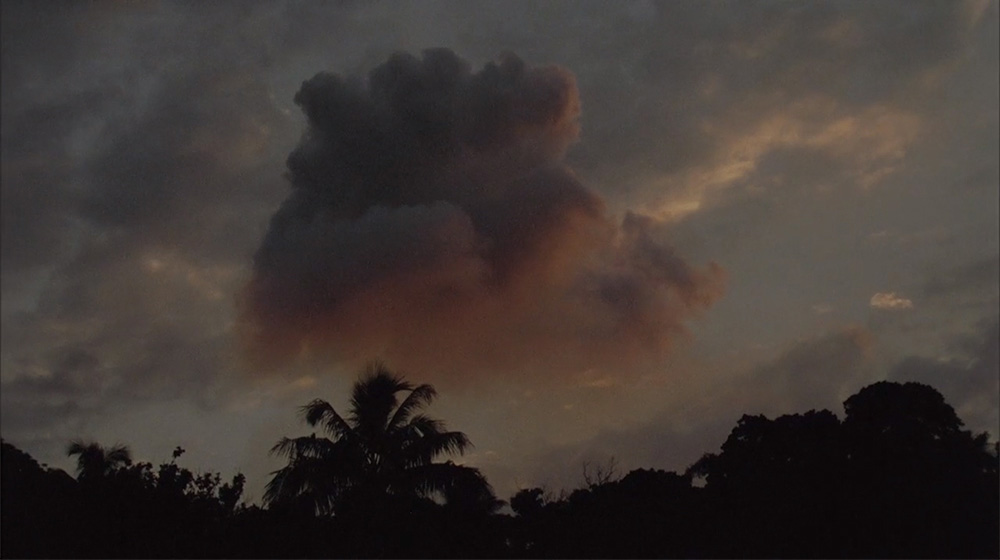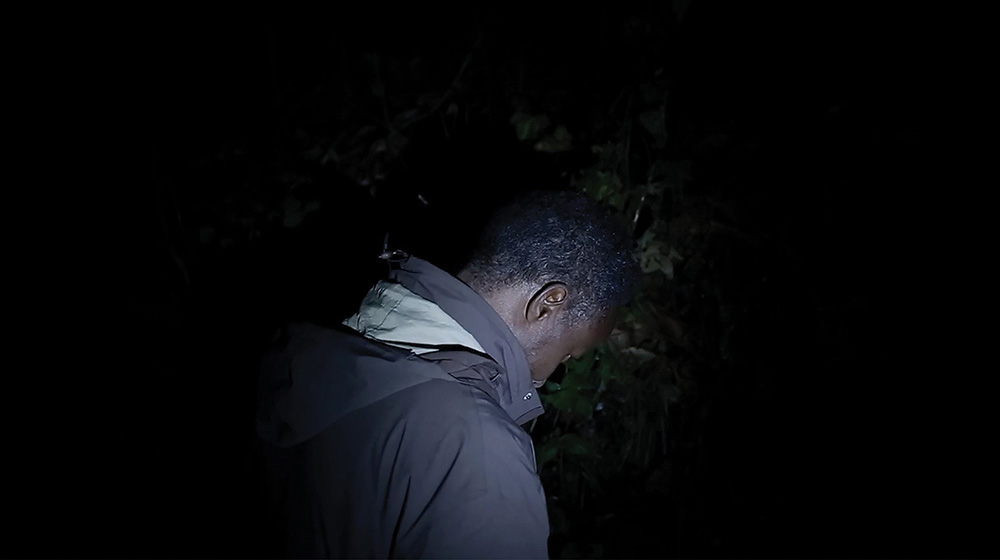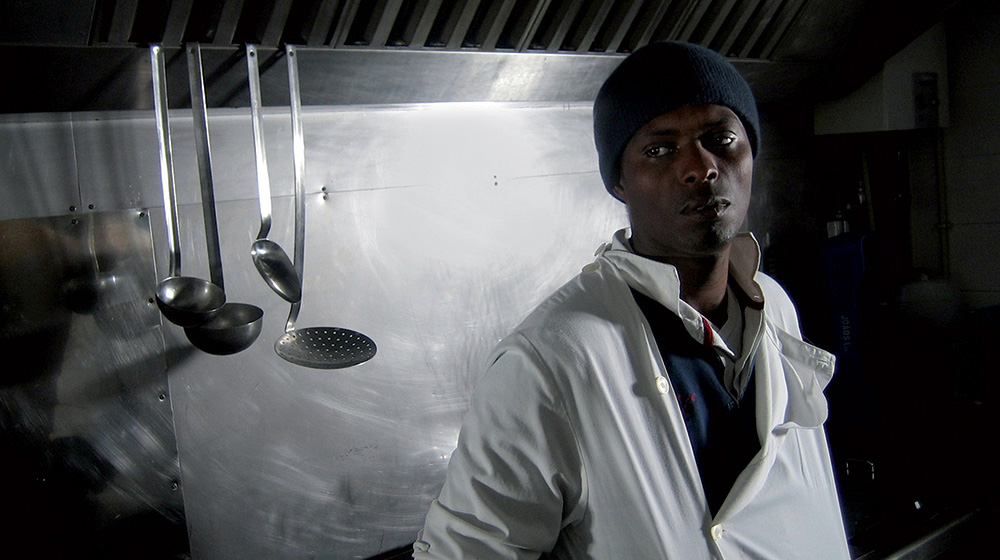Exhibition, screenings
Beyond the Rencontres Internationales Paris/Berlin, video and multimedia exhibitions are curated at the invitation of museums and art centres. They offer critical and progressive insight into areas with shifting boundaries, bringing together the aesthetic, social and political questions of our time, including issues related to changing modes of production and distribution.

Image de ville
Film festival on architecture and urban space
Marseille, France | november 17-26 2017
Image de ville, the film festival on architecture and urban space, invites the directors of Rencontres Internationales Paris/Berlin to curate an exhibition presented from November 17 to 26 at the Who How Gallery, as well as two screening programmes scheduled on November 26 at the Museum of European and Mediterranean Civilisations, and Videodrome 2.
Exhibition - Where we are
November 17 to 26, 2017
Who How Gallery
19 rue des 3 Rois, 13006 Marseille
Opening on Thursday November 16, from 7PM - Exhibition from November 17 to 26, from 4 to 8PM
Free entry
Bernard Heidsieck : Vaduz | Facsimile, numbered edition: map, felt pen and tapes cut and pasted on printed paper. Audio recording, sound poetry - 11’58’’ - France - 1974
Christian Barani : Prolégomène à la lumière Single-channel video installation, sound - hdv - color - 7’ - France - Kazakhstan - 2013
Pedro Costa : Minino macho, Minino fêmea | Video installation, 4:3 double projection, sound - dv - color - 34' - Portugal - 2005
Apichatpong Weerasethakul : Vapour | Single-channel video installation, mute - hdv - black and white - 21' - Thailand - 2015
For this exhibition we wanted to start off with the work "Vaduz" by Bernard Heidsieck, created in 1974: a visual and sound work that explores the concepts of otherness and multiplicity of language. A spectacular work of art pronouncing a list of people and ethnic groups worldwide, beyond the States and nations, where centrality and periphery are reversed, and where an inalienable part of our freedom is asserted, that of inhabiting the world and stating it in all its singularity. This is a poetic and political manifesto, against large-scale historical hegemonic movements and the alienation of people. Each piece in the exhibition deploys a specific movement and relationship with the space, like four attempts at embracing what is real and indicating the possibility or impossibility of living in the world: a vertical space overlooking an abyss in Christian Barani’s work; solemn interlacing and reversible spaces with Pedro Costa; ramifications and rhizomatic space for Apichatpong Weerasethakul. Lastly, Bernard Heidsieck provides a circular and monumental movement. The individuals addressed or filmed in each work share impending loss, or the risk of it. In contrast to the concept of housing as tangible heritage, their only property is to possess themselves, their language, work, gestures and acts.
In Karaganda, Kazakhstan, Christian Barani films the faces of miners, as they descend with headlamps to light the way, echoed by Olivier Messiaen’s music composed in a style derived from the structure of birdsong. Pedro Costa returns to the neighbourhood of Fontainhas in Lisbon that is home to migrants from Cape Verde. The work’s two reversible images, and their other side, the acoustic universe, articulate a hidden exterior and interior dialectic, and introduce us to the immeasurable. In the village of Toongha in Thailand Apichatpong Weerasethakul employs an allegory of the act of resistance. We literally witness a contamination of the space and its inevitable and poetic spread, from dwelling areas to landscapes shrouded in mist, the white vapour simultaneously protects and enables.
Each in their own way, the four works in the exhibition allude to individuals located at the periphery of history and of our contemporary societies, and introduce us to this existential question as to the specific place and time in which we are living. Each work sets forth one part of what forms our fundamental dignity, as well as an enigma of space and time: what happens, where we are.
Screening/discussion - No Man’s Land
Sunday, November 26th, 2PM
MuCEM, Musée des civilisations de l'Europe et de la Méditerranée
Esplanade du J4 - 13002 Marseille
On the invitation of Rencontres internationales des cinémas arabes
Free entry
Shadi Habib Allah : Dag'aa | Exp Documentary . | hdv | color | 19' | Palestine, Egypt | 2016
Larissa Sansour, Søren Lind : In The Future, They Ate From the Finest Porcelain | Exp. fiction | hdv | color | 28'30'' | Palestine, Denmark, United Kingdom | 2015
Mohammad Shawky Hassan : And on a Different Note (Wa 'ala Sa'eeden Akhar) (Wa 'ala Sa'eeden Akhar) | Documentary fiction | hdv | color | 24' | Egypt, USA | 2015
Keina Espiñera : Tout le monde aime le bord de la mer | Exp. documentary | hdv | color | 16'26'' | Spain, Morocco | 2015
This screening’s four films examine the notions of frontier and identity, fictionalising reality through which our opportunities for inhabiting the world are outlined. This is unmapped territory, out of this world as well as between two worlds, where a nomadic existence emerges. The journey becomes an exploration of complex time frames, where the future and the past interweave and explore the ambivalence of individual stories and collective myths. From images and snippets of indecipherable talk, a map of exile, about hopes and expectations, is established. Myths from the past are met with the present and keeping recollections alive. In contemporary limbo, time and space references are put on hold. An imagination finally becomes possible again at the boundary between two worlds.
Screening/discussion - The Impossible Dwelling
Sunday, November 26th, 5PM
Videodrome 2
49 Cours Julien, 13006 Marseille
Ticket: 6 € / 4 €
Michael Macgarry : Excuse Me, While I Disappear | Disappear | Fiction | hdv | color | 19'10'' | South Africa, Angola | 2015
Ben Rivers : There is a Happy Land Further Awaay | Exp. film | 16mm | color and b&w | 20' | United Kingdom | 2015
Tommaso Donati : Dormiente | Fiction | hdv | color | 18'15'' | Switzerland | 2016
Pedro Costa : O Nosso Homem | Fiction | dv | color | 25' | Portugal | 2011
This screening’s four productions contemplate the possibility of a place of existence, and examine the paradoxical gap between oneself and the world. Something unresolved remains, at the same time as the desire for a place of settlement and permanence. Within an inhabited city or world built for those other than oneself, or on an island on the other side of the world, the recollection of the beginnings of a dream world lingers. An existence like a dream or a waking nightmare, those who only have their sleep are like sleepwalkers in the middle of a forest. Eating, sleeping and loving, that is where we live. There is no way out, other than the fragmented and broken up dignity of living in reality, questioned, reviewed and collated by each film.
